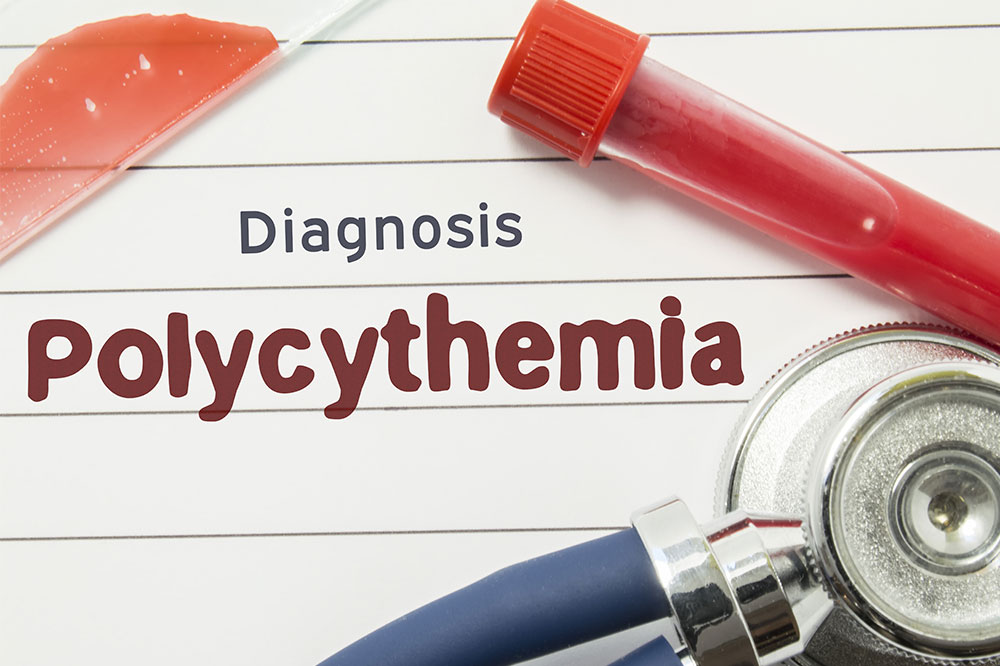Understanding Polycythemia Vera: Symptoms, Causes, and Management
Discover crucial insights into polycythemia vera, including its symptoms, causes, lifestyle tips, dietary advice, and treatment options. Learn how to manage this blood disorder effectively and maintain a healthy quality of life through professional medical care and healthy habits.

Understanding Polycythemia Vera: Symptoms, Causes, and Management
Polycythemia vera is a blood disorder characterized by excessive production of red blood cells in the bone marrow. This overproduction makes the blood thicker, slowing its flow and increasing the risk of clot formation. Without proper treatment, it can become life-threatening. Early diagnosis and medical care are essential to control symptoms and prevent complications. This article explores the signs, causes, lifestyle tips, dietary recommendations, and treatment options for managing polycythemia vera effectively.
Common Signs and Symptoms
Many people with polycythemia vera show no obvious symptoms. Some may experience subtle signs such as headaches, dizziness, fatigue, or vision issues. Additional symptoms include itching after warmth, numbness or tingling in extremities, abdominal discomfort from an enlarged spleen, bleeding issues like nosebleeds, swollen joints, or breathing difficulties when lying down.Causes of Polycythemia Vera
The root of this condition lies in a mutation within the bone marrow, where blood cells are produced. The mutation commonly occurs in the JAK2 gene, present in about 90% of cases. This genetic change causes stem cells to multiply uncontrollably, leading to an overabundance of red blood cells. Usually, this mutation is acquired during life and is not inherited from family members.Home Care Tips for Managing Polycythemia Vera
Healthcare providers often recommend lifestyle adjustments alongside medical treatments. Regular exercise can improve circulation. Avoid high-altitude locations with low oxygen levels. Monitoring blood pressure and maintaining a healthy weight are advisable. Limiting intake of fried foods, salt, and sugar helps reduce health risks associated with this condition.Dietary Strategies
While diet cannot cure polycythemia vera, eating the right foods can help manage the disease. Staying well-hydrated reduces the risk of kidney stones and gout, which are common complications. Adequate calcium intake supports bone health, while limiting oxalate-rich foods like berries and leafy greens can prevent kidney stones. Choosing fresh, unprocessed foods minimizes inflammation and cancer risk. Incorporate energy-boosting carbs such as brown rice and bananas, and ensure proper water intake.Medical Treatment Options
Standard treatments include phlebotomy, where blood is periodically drawn to reduce blood thickness. Doctors may prescribe medications to prevent clot formation and control symptoms. Radiation therapy can suppress overactive bone marrow activity, normalizing blood cell counts. Regular monitoring and adherence to treatment plans are crucial for living well with polycythemia vera.Final Thoughts
While polycythemia vera is a serious health condition, many individuals lead healthy lives with proper management. Preventing blood clots remains a primary concern. Regular check-ups, healthy lifestyle choices, and medical care are key to maintaining quality of life. Always consult healthcare professionals for personalized advice and treatment plans.









